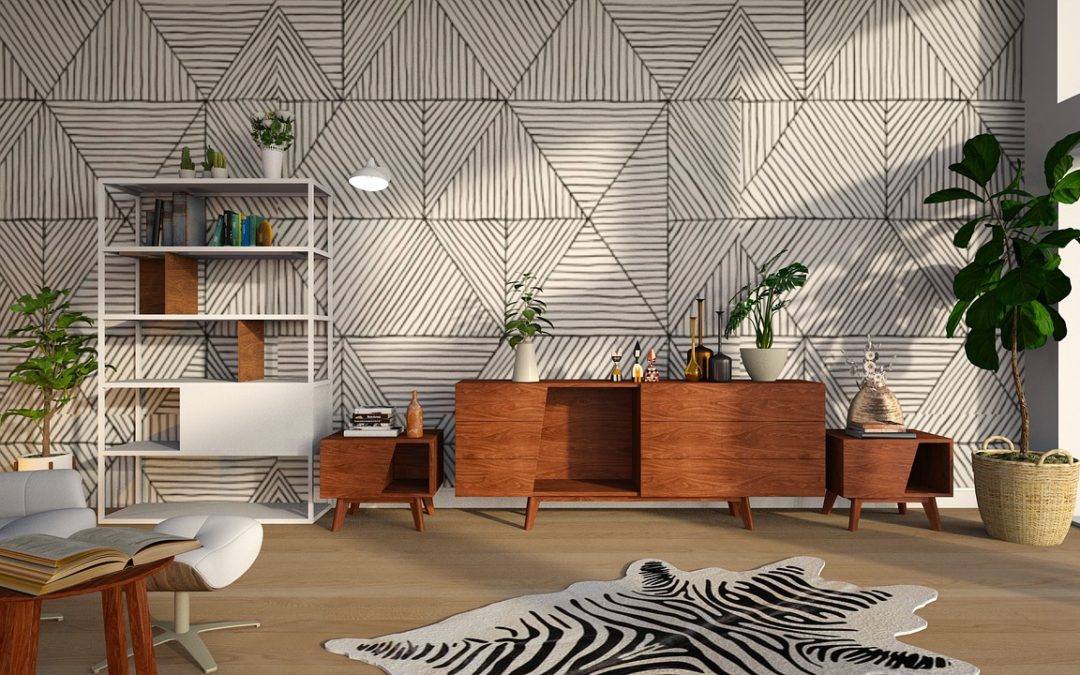Concern about the overall health of the planet has grown exponentially. There are marches everywhere to push governments into action. With the climate changing and global warming altering our environments it’s no surprise that environmentally friendly interior design has become a growing trend.
By using sustainable practices while designing and decorating your home you can improve your carbon footprint. Not only does a green design help combat things such as air pollution, but it also can improve your health and well-being.
The biggest focus of eco-friendly home design is to improve the indoor air quality and reduce our impact on the environment.
Here are a few tips if you’re looking for eco-friendly interior ideas.
Plants!
This is definitely one of the easiest things you can do. Plants help to filter out harmful chemicals in the air by providing oxygen. It doesn’t hurt that they also offer natural beauty and bring a freshness to any space. Even if you don’t consider yourself to have a green thumb there are a plethora of low-maintenance plants that anyone can care for. Think about mint or pine’s to bring a nice, comforting scent. There are also lots of plants, such as bamboo, aloe vera, and ferns that improve air quality!
Take advantage of natural light
Lighting can make all the difference in a space. If you’re designing the layout of your home, try to have the living rooms and kitchen face south, where there’s more sun. Pay attention to your window space. There are accoutrements, like weather stripping and caulking to reduce air leakage. By securing the insulation of your windows you can free them of heavy blinds or curtains, taking full advantage of natural sunlight. Rely on natural light whenever you can. Using energy efficient windows and doors can help to set a mood for the entire house and bring a little bit of the outdoors feel inside.
Use water-based paint
VOC stands for volatile organic compounds, which are chemicals that evaporate at room temperature. VOC’s are found in many household products, such as air fresheners, furniture, paints, and carpets. These compounds are bad for homeowners as they can contribute to all sorts of health problems. Ailments such as throat irritation, headaches, liver and nervous system disturbances, and even cancer have at times been linked to exposure to VOC’s.
If you’re painting look for labels that read “Low VOC” or “Low Odor”. These water-based paints will lower the amount of chemicals affecting your interior environment. The same goes for buying furniture or wood products. Look for things that have the Green-Seal certification.
Choose natural textiles and long-lasting furniture
As far as furniture goes, solid wood, such as walnut, oak, or maple, last longer and prove more durable. If you’re an antique enthusiast, you’ll be delighted to know that antique pieces are usually considered ultimately “green”. This is because they were created without the modern glues or chemicals used for staining. Not only are antiques eco-friendly, they’re also fantastic conversation pieces and can give your home it’s own unique feel.
Choose natural textiles for rugs and carpets. Materials like wool or cotton are much better than the VOC-filled synthetics that you can find in many stores. Wall finishing should be ceramic, cork, or wood. Although, the cost is a bit more, it’s better for you and the environment you’re trying to protect. Many fabrics are made with flame retardants which contain unnecessary additives that can hurt our lungs and eyes. Instead, make sure you’re selecting curtains, and other textiles that are made from organic and recycled materials. This way you can avoid the chemicals and the side effects that come with them.
Once you make the decision to use sustainable practices while designing your interior you’ll realize how much fun it can be to find the most beautiful, unique, items to fill your space. By maintaining an eco-friendly approach you’ll be supporting not only the health of your family, but the health of the planet, as well.
